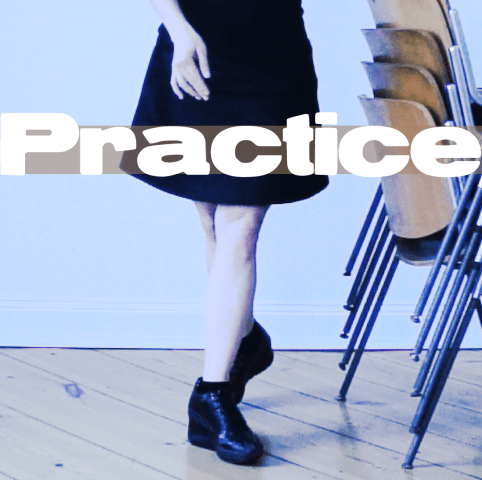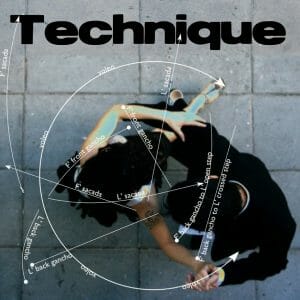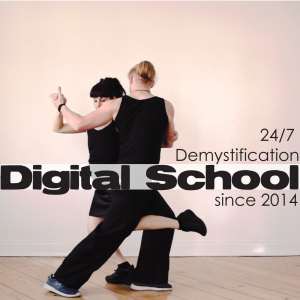A new student started learning from me how to lead from the floor with his core. “This is amazing!” he exclaimed. “Our bodies are so connected. I can feel how it works!.”
Then he went to the milonga. “Hold me like a man” said his partner.
What does this mean?
Our mythological histories of tango offer dualisms. On one hand, tango was a form of entertainment, bored men waiting in brothels amused themselves by dancing. This exploratory and expressive dimension of tango is readily apparent in the fascination people have for taking classes that are cerebral, intricate, and rarely used afterwards. The classes themselves are a form of entertainment for tango dancers who tend to be highly intellectual types anyway.
The expressive dimension of tango also manifests in the artistry of Golden Age leaders who became celebrities emulated for their playful innovations.
The image of tango as a music and dance of longing, nostalgia, and heartbreak also emphasizes the expressive dimensions for both leader and follower, and tango’s therapeutic capacity seems to inhere in its ability to both evoke and contain intense, perhaps inexplicable emotions. An important dimension of this experience is that it can and often is had between strangers who will remain so, who will meet, soulfully, and part, without developing a relationship beyond the floor.
Another history is tango as a dance of seduction, in which leaders developed charming prowess, subtle tenderness, and the appearance of class status in an attempt to secure a woman.
All of these histories and many more that we are creating and sharing enliven our beloved dance. While honoring and respecting them, we must guard against a sectarian reverence which can only choke and limit tango as a living culture.
I believe that we should not allow our own explorative ideas to be trumped by claims to authenticity nor blindly follow customs. But, more importantly, I think we must take great care not to enforce one story, and especially not to impose it cruelly on a partner. We all make our own tango story.
“Hold me like a man” is not only a follower’s refusal to participate and take responsibility for dancing. It is to demand that the leader seduce. While surely this is a pleasure, it must be a consensual one, and it cannot be extracted. Any given leader may not be interested in me, or in that story of what he is up to on the dance floor. A leader may be more interested in improvising and innovating, in the footsteps of the Golden Age greats Todaro and Petróleo, or he may be interested in a more participative dance in which there is a flow of power between the partners, a history flowing from the renewal of tango in the 1980s, when women with contemporary dance experience expanded tango’s dynamc range.
Or my partner may hope that I will hold his heart’s sadness as we dance.













